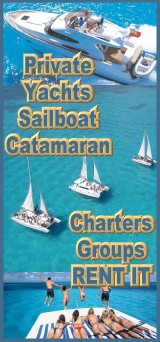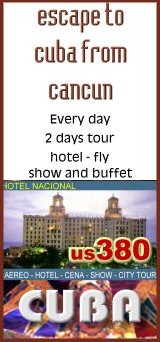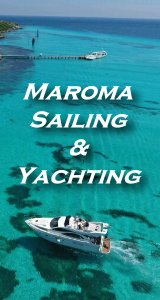|
ince the discovery of the
Pacific coast of Panama, visionaries dreamed of one day creating a great
passageway from the Atlantic to the Pacific, thus avoiding the 12,000-mile
journey around the tip of South America. That day finally came in August of
1914, after decades of planning and excavation. Although only 40 miles from
shoreline to shoreline, the ingenuity and tenacity of the canal's creators are
evident with each and every movement of this magnificent lake-and-lock-type
canal. It's bound to be a voyage you will never forget.
The Panama Canal extends approximately 80 km. (50 miles) from Panama City on
the Pacific Ocean to Colon on the Caribbean Sea. It is widely considered to be
one of the world's great engineering achievements. The United States is the
largest user of the Canal in terms of cargo tonnage, as either port of origin
or destination, although Asian countries are beginning to close the gap. About
12% of U.S. sea-borne international trade, in terms of tonnage, passes through
the Canal annually. Ships bound for Japan from the East Coast of the United
States save about 3,000 miles by going through the Canal; ships sailing from
Ecuador to Europe save about 5,000 miles.
Around 13,000 ships transit the Canal each year, hauling an estimated four-
percent of the world's goods around the globe. About 70 percent of all trade
through the Canal are coming from or heading to the U.S. Traffic is projected
to increase two percent per year.
* Why Panama?
* Real Estate
* Relocate to Panama
* Panama Canal Areas
* Doing Business in Panama
* Ports & Shipping
* Maritime Legal Services
* Company Representation
* Consulting
* Local Partners
* Raising Financing
* Government Relations
Fifty (50) million gallons of fresh water are needed to float one ship through
the Canal and all of it is supplied free of charge by forests on the
surrounding hillsides, which capture the abundant tropical rains and feed the
Canal with rivers.
The Panama Canal Authority has implemented a $1 billion improvement program to
maintain the Canal and keep it competitive. The program includes the widening
of the narrow Gaillard Cut allowing two-way traffic for even the largest ships
and increasing Canal capacity.
|





















